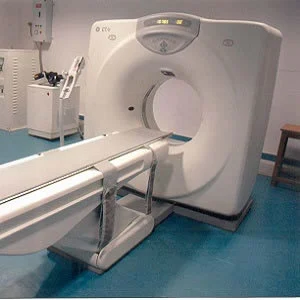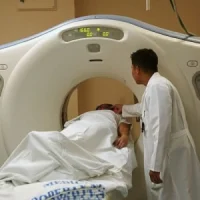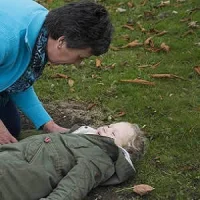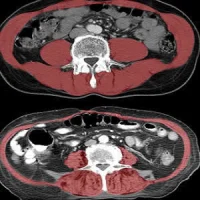Trauma patients often undergo repeated CT scans when being initially examined in another hospital and then are being transferred to a trauma centre, according to a Swiss study published in European Journal of Radiology. Problems with the CT image data transfer were identified as the main reason for CT repetition.
See Also: CT for Atraumatic Headache in ER Patients: Good or Bad?
Computed tomography (CT) is the modality of choice for the early imaging work-up of severely injured trauma patients. This is mainly due to fast image acquisition, robustness, accuracy and wide availability. Potentially unnecessary repeated CT scans, however, expose trauma patients to additional ionising radiation and increase resource use.
Previous studies reported a considerable rate of duplicate CT scans in transferred trauma patients. However, most of these studies either did not evaluate radiation doses or provided only estimations of applied radiation doses. The present study aimed to identify the number of CT scans repeated in acute trauma patients receiving imaging before being referred to a trauma centre, define indications, and assess radiation doses and costs of repeated CT.
This retrospective study included all adult trauma patients transferred from other hospitals to a Level-I trauma centre during 2014. Indications for repeated CT scans were categorised into: inadequate CT image data transfer, poor image quality, repetition of head CT after head injury together with completion to whole-body CT (WBCT), and follow-up of injury known from previous CT. Radiation doses from repeated CT were determined, while costs were calculated using a nationwide fee schedule.
During the one-year study period, 298 trauma patients were identified (mean age 52 ± 22 years), being either directly admitted to the trauma centre (213/298, 72%) or transferred after secondary survey (85/298, 29%). Reasons for transfer to the trauma centre were severe head injury (n = 45, 53%) and major body trauma (n = 23, 27%) being not manageable in the referring hospital, repatriation from a foreign country (n = 14, 17%), and lack of local intensive care unit (ICU) capacity (n = 3, 4%).
Of the 85 transferred trauma patients, 74 (87 percent) had repeated CT in the Level-I trauma centre because of inadequate CT data transfer (n = 29;39%), repetition of head CT with completion to WBCT (n = 24;32.5%), and follow-up of known injury (n = 21;28.5%). None occurred because of poor image quality. Cumulative dose length product (DLP) and annual costs of potential preventable, repeated CT (inadequate data transfer) was 631mSv (81,304mGy*cm) and 35,233 euros, respectively.
"In this study it was noted that the most common reason for potentially preventable CT scans was inadequate CT image data transfer, which occurred in 39 percent of all repeated CT examinations. Of those, 17 percent underwent immediate intervention/surgery of the head and 59 percent of the chest and abdomen only after repeated CT was available, which indicates that a time delay potentially affecting the outcome occurred in a considerable number of these patients," write Ricarda Hinzpeter, MD, of the Institute of Diagnostic and Interventional Radiology, University Hospital Zurich, Switzerland and co-authors.
The findings highlight the importance of having robust and secure eHealth solutions on regional or national levels to ensure reliable and timely access to medical information. "Our study indicates that with a consistently functioning and fast image data transfer system, a decrease in the rate of repeated CT could have been achieved, which would go along with a reduction of radiation dose and costs because of unnecessary resource usage," the authors note.
These results are based a single-centre study and may not be generalisable to other centres and other countries. A multicentre trial would have a higher scientific impact and would better help in understanding the financial implications on a wider scale, according to Dr. Hinzpeter and team.
Source: European Journal of Radiology
Image Credit: Wikimedia Commons
References:
Hinzpeter, Ricarda et. al. (2017) Repeated CT scans in trauma transfers: An analysis of indications, radiation dose exposure, and costs. European Journal of Radiology.
Latest Articles
trauma, CT scans, trauma centre, CT scan image
Trauma patients often undergo repeated CT scans when being initially examined in another hospital and then are being transferred to a trauma centre, according to a Swiss study published in European Journal of Radiology.










